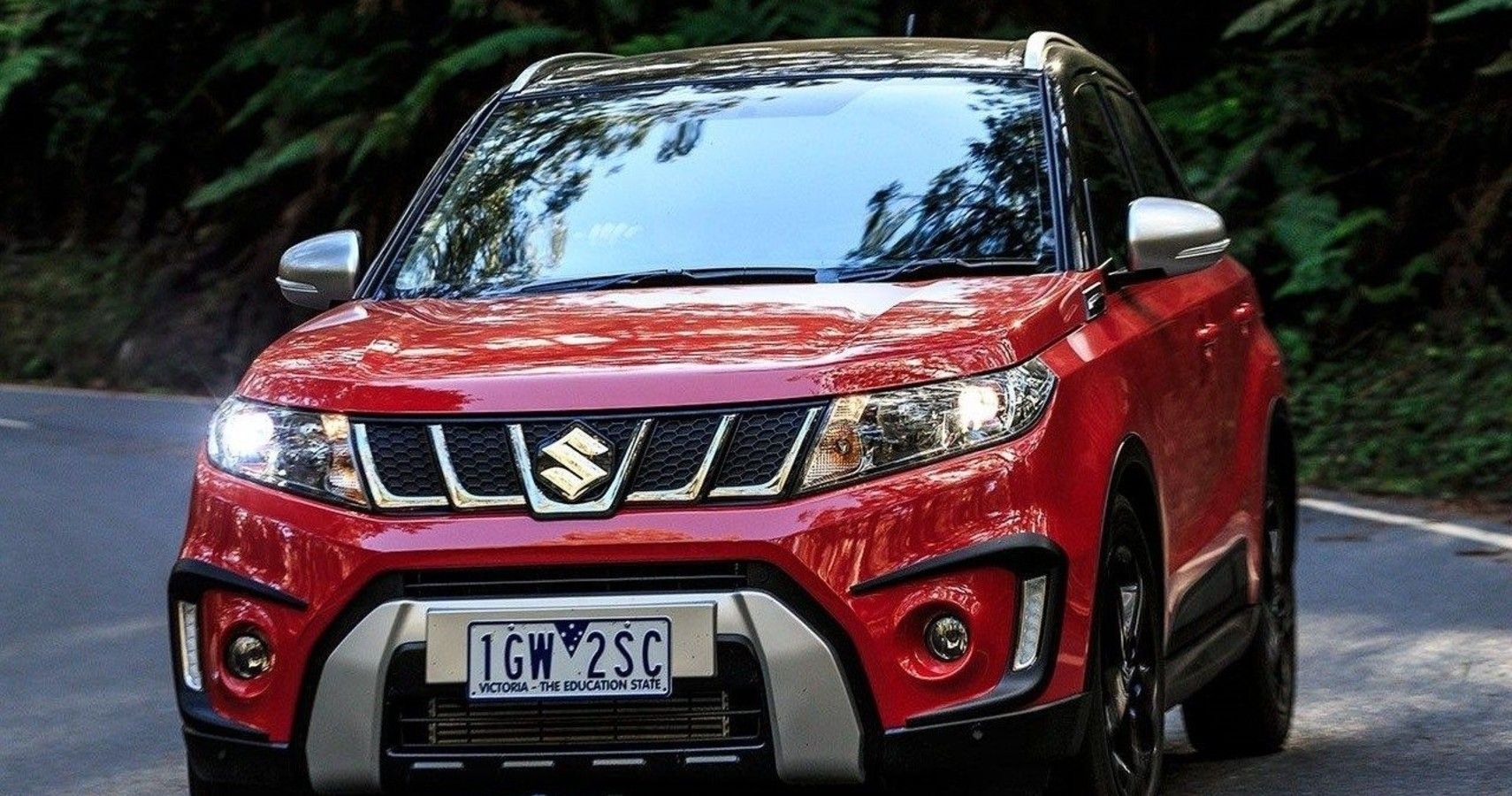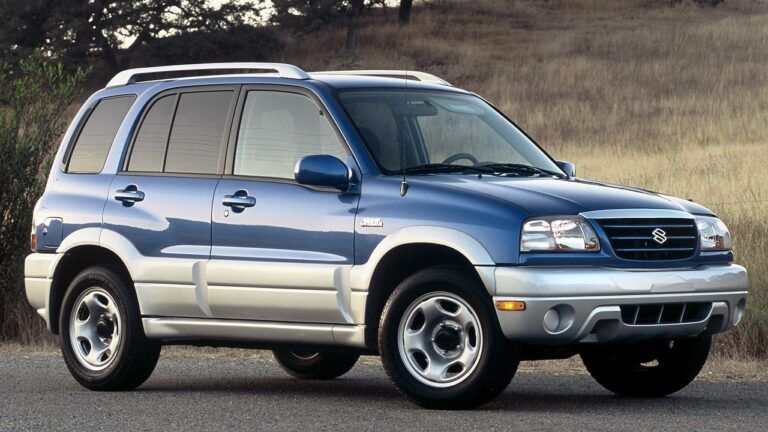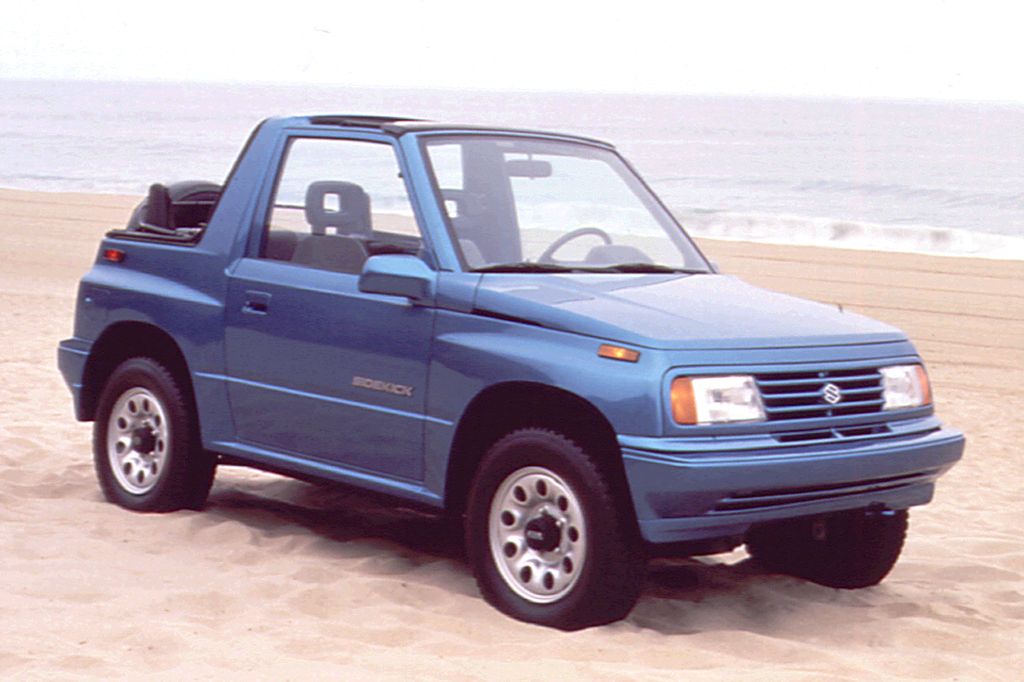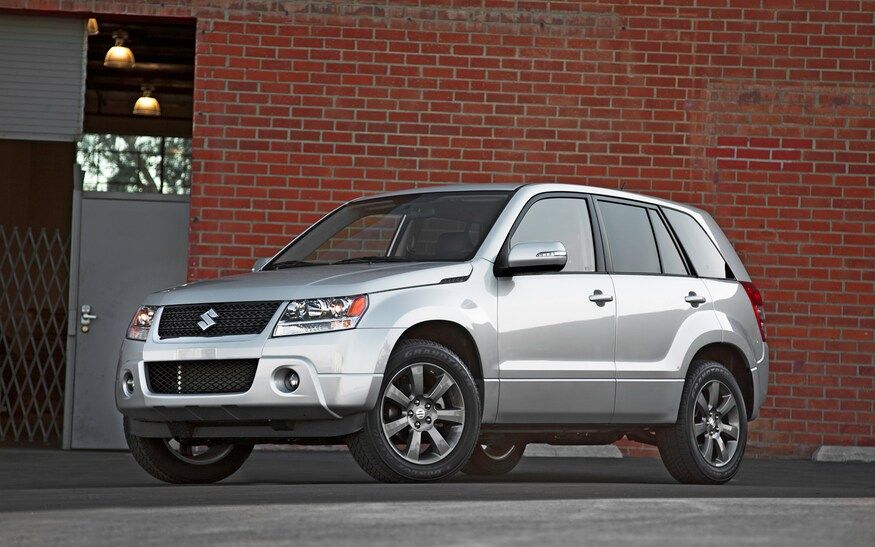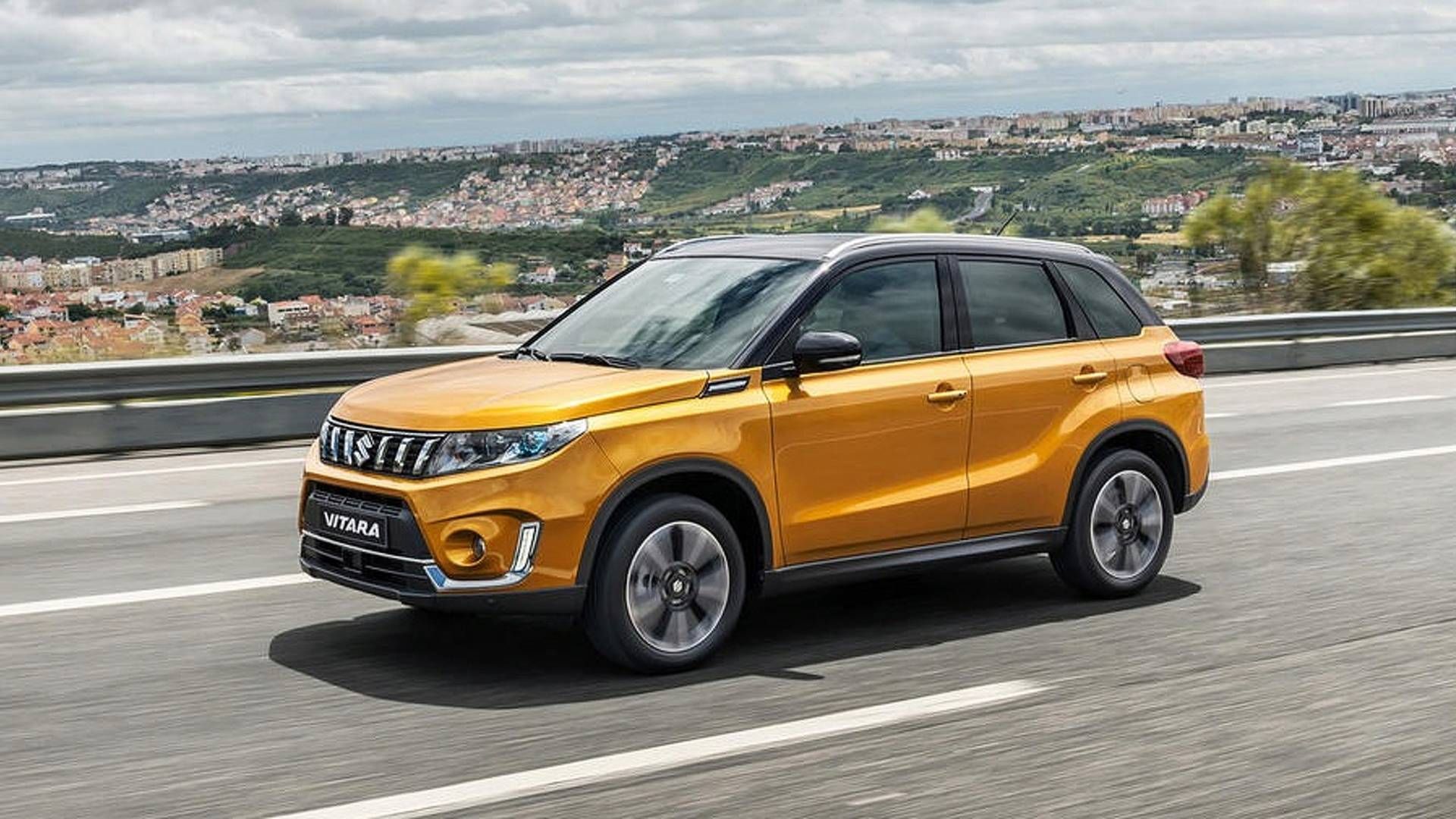While most Asian automakers of the 80s and 90s were pumping out the smallest sports cars they could, Suzuki went against the grain, producing the smallest off-road worthy vehicles they could, such as the Suzuki Samurai, or the Suzuki Jimny, or in this case, the Sidekick and Grand Vitara. An odd choice from an underdog automaker, but the reasoning is sound: to make an impression in America.
With Jeep on the rise as an off-road standard, Suzuki wanted to throw their hat in the ring, and offer a vehicle that rose to the occasion. Thus, the Suzuki Sidekick was born. But to make sure the more on-road oriented driver was happy, the Suzuki Grand Vitara was born. It's incredibly easy to get your lines crossed when talking about these two cars, so listen carefully.
Both are made by Suzuki, both are obscure little off-roaders, and both look shockingly similar, but there are a few key ways the Suzuki Grand Vitara differs from the Sidekick.
Which Came First?
Technically the Sidekick but in truth... both?
The Grand Vitara and the Sidekick both belong to the same Suzuki lineage, which certainly explains why they look so alike. Both of these cars were created based on the Suzuki Escudo, which started production in the Japanese market circa 1988. The Escudo ended up being the base for a handful of other lightweight SUVs, including the Mazda Proceed Levante and the Chevy Tracker. A year later, the Escudo was rebranded (again) and slightly remodeled to become the Suzuki Sidekick, and shipped overseas to the North American market. Everyone else was left with just the plain old Grand Vitara.
But funnily enough, the Grand Vitara didn't actually earn the "Grand" prefix until it's second generation, which debuted ten years later. Before that point, it was simply called the Suzuki Vitara. It also wasn't considered a compact SUV before 1998, it was considered a Mini SUV, which is closer to a Kei car than an SUV.
So the second generation made the car bigger, faster (although fast isn't a word I'd use to describe this car), and a bit pricier as well. But by the time the Vitara became the Grand Vitara in 1998, the Sidekick was completely discontinued. So a glaring difference between the two cars is the decades they represented and their vastly different lifespans.
Practicality Vs. Personality
One of the similarities between the vehicles is that they're both AWD, but other than that, the two are vastly different mechanically.
The Sidekick was a low powered, lightweight little machine, with three doors, and as little safety equipment as possible. It started with a 1.6L inline 4 cylinder engine that popped out a puny 80 horsepower, but there were other versions that got up to 95 horsepower. But even though those power figures are incredibly low, they provided enough oomph for a vehicle that weighed just over a ton. This helped with the Sidekick's off-road capabilities, allowing it to glide over soft surfaces like mud and sand rather than sink into them.
Another key difference is that the Sidekick came in a hardtop or convertible variant (as seen above), whereas the practical Grand Vitara could not. And in the late 80s to early 90s, there was an audience that appreciated those sorts of things, despite the consequences.
But as the turn of the century approached, the values of consumers changed dramatically. More and more small families were popping up, searching for a safe, reliable economy car. That's why the sensible 1998 Grand Vitara catered more towards them, which the silly convertible option, and beefed up the engine from a 1.6L to a 2.0L that produced anywhere between 140 and 165 horsepower. That way, the Grand Vitara could handle America's dangerous, high-speed highways.
Public Opinion
Sadly, there are few people who would choose a Sidekick over a Grand Vitara in today's society, at least from a safety or practicality standpoint, which is one of the reasons the Grand Vitara is on its 4th generation, while the Sidekick has long since departed.
But even though the Grand Vitara has fared better in the eye of consumers over the Sidekick, the past few years have been quite rocky. In 2012, the Grand Vitara stopped being sold in North America and was discontinued entirely by 2015. In 2017 the Escudo, the car that started it all, followed suit. For the next two years, the Vitara would fade away from foreign markets, Australia, Indonesia, Iran, and so on, and seemed to become less and less "Grand" as years went on.
And then, in 2018, a glimmer of hope presented itself for the Grand Vitara name: a fresh new facelift was revealed at the Paris Motor Show, with incredibly strong looks and highly modern technologies, including a collision-avoidance system. The car is now in a slight resurgence, selling only in European markets, but selling nonetheless.
There just wasn't a big enough market for the small, goofy, ridiculous off-roader that was the Suzuki Sidekick, and there's barely enough buyers to keep the Grand Vitara afloat today. But both cater to their audience well, whether that is the modern, practical, family-oriented person, or the irresponsible hooligan looking for a toy.

